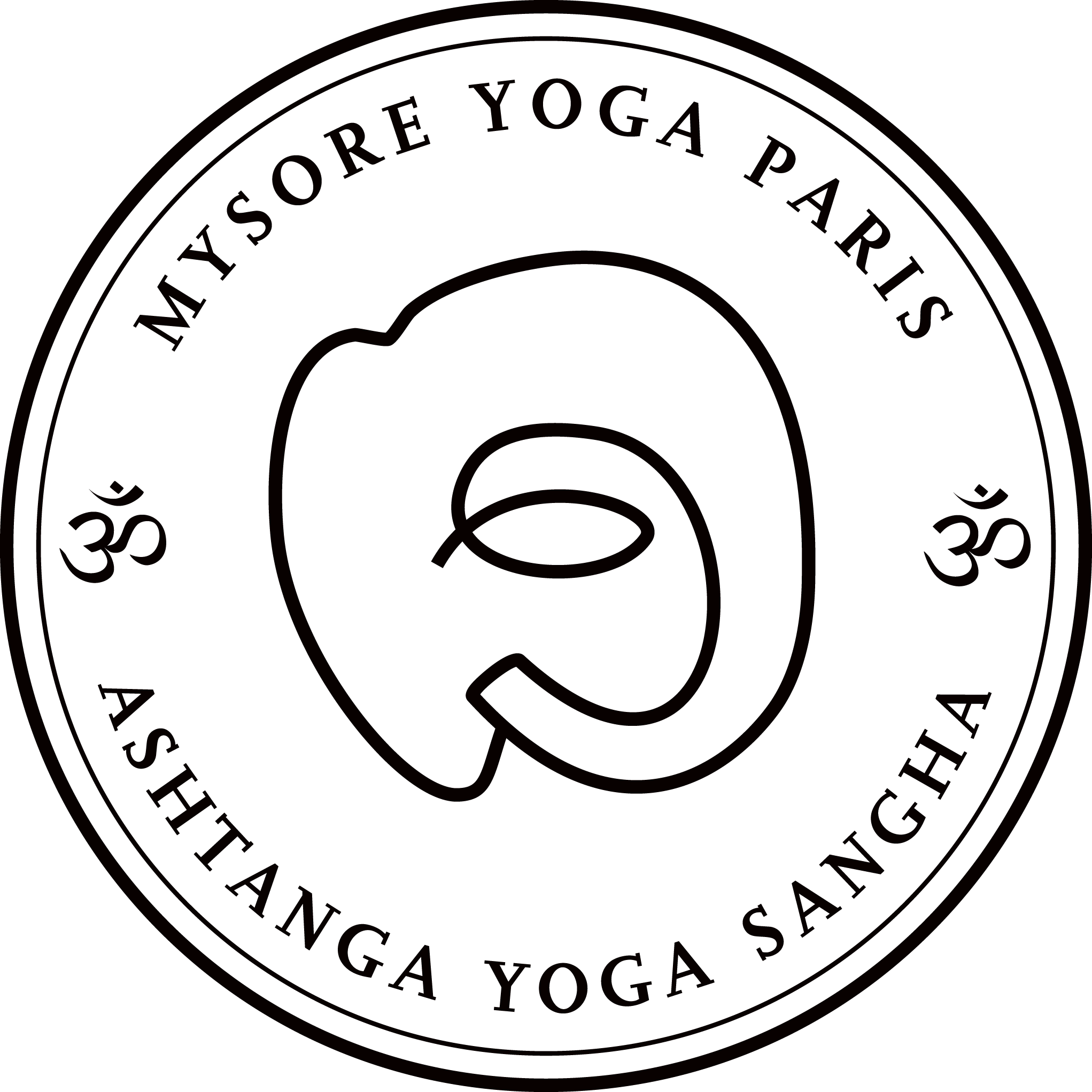PATSY ENELOW COHEN
Name: Patsy Enelow Cohen
Nationality: American
Occupation: Interior Architect
When and how did you start practicing yoga? I took my first Ashtanga yoga class in January 2011. I was visiting a dear friend in Brooklyn who was practicing Mysore after years of doing other types of yoga. We went to a counted Primary Series and I was blown away. This was something totally different from my routine of running and going to the gym. After a few months of classes I dropped the gym which had become total drudgery. A few years later I stopped running which was wrecking my body. All I wanted and needed was to do my yoga practice.
How did you find Mysore Yoga Paris? I found Mysore Yoga Paris by chance. After my trip to Brooklyn, the first Ashtanga class I tried was Kia’s class. I didn’t know the Primary Series at all let alone attempt to practice at a Mysore class. I was way out of my depth and kept thinking that I should roll up my mat and quietly head for the door. Before that happened Kia came over to help. She encouraged me and laughed with me as I joked about the difficulty of the poses. A few months later I saw that she was opening Mysore Yoga Paris. I contacted Kia and she suggested that I try the Intro to Mysore class. I’ve been practicing at the Shala ever since.
Describe what the Shala is to you? The Shala is like my yoga home with my extended yoga family and friends.
Has a committed Mysore practice changed you, how? Eventually I realised that yoga was not just physical exercise and that I had to change my approach. I let go of my penchant for always pushing myself to do more no-matter-what. The “No pain, no gain” mantra was not going to work. As I gave this up, I was able to progress in my practice. By being present on my mat without a predetermined goal I am learning to accept whatever practice I have on a given day. Whether I’m energetic or tired or whether the practice is long, short or somewhere in between, the only thing that matters is showing up to practice.
You have been practicing with Kia for almost a decade now. What is the significance of working so consistently with a teacher and method? Kia was teaching my first Ashtanga class in Paris and although at the time I had no expectations other than to get through the class, my instinct was to come back. Now it’s been almost a decade. She has known me as a beginner, from learning Sun Salutations, through the Primary and more recently into the Intermediate Series. By listening to Kia’s explanation of a posture I form a mental image, by feeling her hand placements as she adjusts me I internalise the posture through my sense of touch. There is an ongoing non-verbal exchange that has developed through time. Trust also comes with time and trusting a teacher is essential. It has allowed me to discover what I can do, pushing the psychological and physical boundaries that hold me back. Kia has often said that she is accompanying me on my path. Eventually the yoga became my practice, consistent with my ability but most importantly supported and encouraged by my teacher as I progress. I’m often surprised by my progress which I attribute to our lasting student/teacher relationship.
What inspires you to keep practicing? I keep practicing for the simple reason that it makes me happy. The more I practice, the more I learn about this method of yoga. Focusing on movement and breath becomes my meditation which frees me from my tendency to overthink.
Does practice influence your work as an interior architect, in what way? Because my yoga practice influences my life it follows that it influences my work. Good design is simple, balanced, uncomplicated and self-evident. The paradox is that simplicity is complex and that it takes experience and dedicated work to find a simple solution. One of yoga’s many paradoxes is mastering opposing movements in order to find balance with a certain ease. When I practice yoga, I try to internalise what I’ve learned, then let go and feel the simplicity and fluidity of the movements. The pieces of a puzzle slowly fall into place. The same is true in my design work. Both design and yoga take study and context, practice and experience. With a strong foundation it’s possible to take risks and advance.
Describe your practice in 3 words: It’s impossible to describe my practice in 3 words since these words change all the time but today, I would say: listening, learning, letting go.
Where do you go to find peace in Paris? On my yoga mat.

